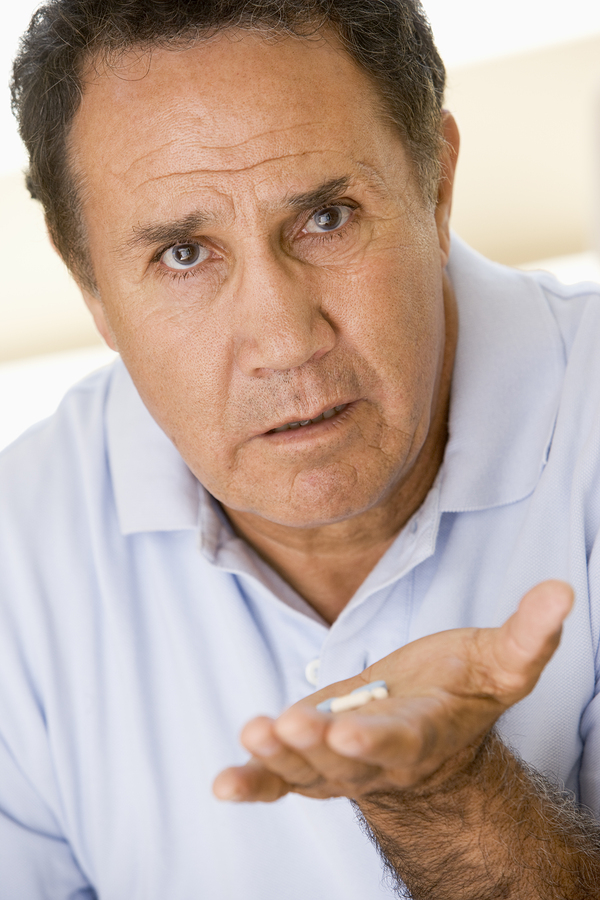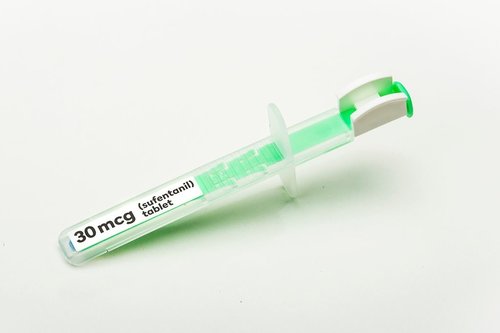My Therapist Told Me to Write This Column
/By Crystal Lindell, PNN Columnist
My therapist said I should write a column about how to travel while sick and I would love to do that, but I haven’t figure it out yet.
I get through work trips by drowning myself in dry shampoo, sleeping on conference tables between meetings, eating coffee for every meal, and using pain medication that wears off too fast — all while getting super behind on emails.
My therapist said I should write a column about how to manage your health while maintaining a full-time job. Who the hell knows how to do this?
I work at home, which is a great gig if you can get it, but most people can’t.
Actually, I do have a life tip: If you have to work while sick, work at home. That’s it. That’s all I’ve got.
I spend my work days in my pajamas under a soft red blanket on the couch. I take pain pills when I hit my 3 pm slump, and I tell my coworkers entirely too many details about my health, while also avoiding using scooters at conferences so that I can look cool. I call in sick too much and not enough. And I am always tired.
My therapist also said I should write a column about how to live with chronic pain. Yeah, okay. I’ll get right on that.
For now, my life tips include: Saying “yes” every single time your doctor offers you pain pills; throwing away every cute pair of heels you own because they just aren’t worth it; and using filters if you ever have to video chat someone.
Every day of my life is a struggle. Every flipping day. I tried working out recently and fractured my foot, and then I tore my rotator cuff by using crutches. Now my foot is still messed up, and I just limp around on it while rubbing my shoulder. Sexy.
I skip physical therapy appointments because they’re too expensive, I’m constantly crash dieting and then gaining the weight back, and I never wear my shoulder sling or my orthopedic boot.
I’m obviously great at this.
I spend all my money on co-pays, Taco Bell, and kratom. I have no long-term career plan that goes anything beyond, “Get disability — eventually.” And I literally go off my antidepressants every few weeks because I think I don’t need them because I’m feeling better. This is a lie. I need them.
I wish I was wise and cute and Pinterest worthy. I’m not. I’m barely Walmart trip worthy most days. I never get enough sleep, I cry entirely too much, and there is literally a dented space on the couch from where I spend all my time.
So if anyone has figured all this out, let me know. You should probably write a column about it.
Crystal Lindell is a journalist who lives in Illinois. She eats too much Taco Bell, drinks too much espresso, and spends too much time looking for the perfect pink lipstick. She has hypermobile Ehlers-Danlos syndrome. Crystal writes about it on her blog, “The Only Certainty is Bad Grammar.”
The information in this column should not be considered as professional medical advice, diagnosis or treatment. It is for informational purposes only and represent the author’s opinions alone. It does not inherently express or reflect the views, opinions and/or positions of Pain News Network.

































